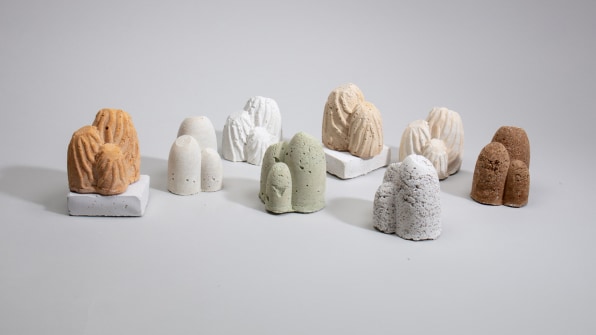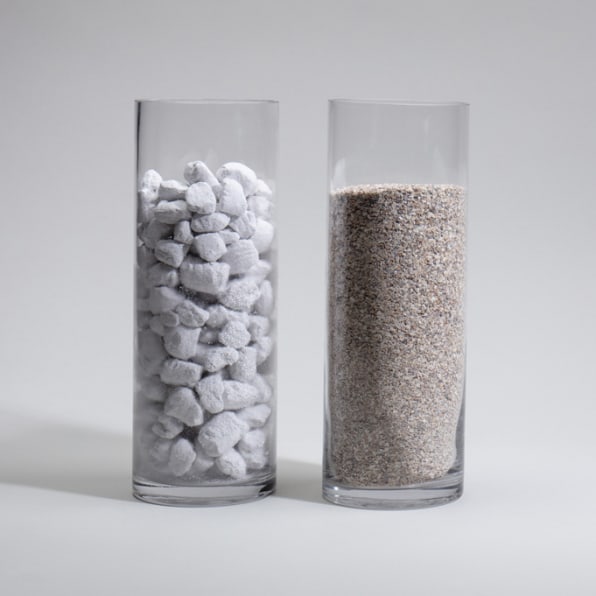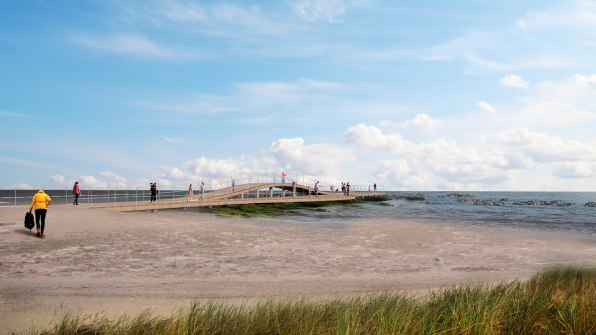- | 10:00 am
This student-led startup wants to turn human ashes into oyster reefs

What if your loved one’s ashes could be turned into urns that double as regenerative oyster reefs?
That’s the concept behind Resting Reef. Developed by two students from London’s Royal College of Art and Imperial College London, the nascent startup wants to provide an alternative to the polluting burial industry, all while restoring vital marine ecosystems.

[Photo: courtesy Resting Reef]

[Photo: courtesy Resting Reef]
“Most people know that coral reefs are endangered, but oyster reefs are more important,” says Louise Lenborg Skajem, who developed Resting Reef with Aura Elena Murillo Pérez. Oyster reefs, particularly near the shore, function as carbon sinks, but over the past 100 years, 85% of the world’s oyster reefs have been lost to overharvesting and pollution. Meanwhile, the world is running out of space to bury the dead, and conventional cremation releases an average of 500 pounds of carbon dioxide per person into the atmosphere (that would be like driving your car for over 500 miles).

[Photo: courtesy Resting Reef]
The urn’s design was inspired by the shape of the very first reefs found on our planet, stromatolites. One capsule can hold up to 100 oysters, or enough to capture over 5 million pounds of carbon dioxide after three years, the designers say. (They envision the oysters growing all over the urn, but they are currently working with the London Aquarium to test the prototypes underwater.)

[Image: courtesy Resting Reef]
Resting Reef is in its very early stages, but the designers already envision a holistic experience, whereby people attend a burial service and then visit their loved ones at coastal memorial sites near the artificial reef. A version of this concept already exists in the United States: The Florida-based company Eternal Reefs provides perforated concrete domes mixed with ashes, but the products use a lot of concrete, which comes with environmental costs, and lacks the refinement of a burial. “We wanted to create something that was desirable,” says Murillo Pérez, “because this is going to be the legacy that people leave.”




































